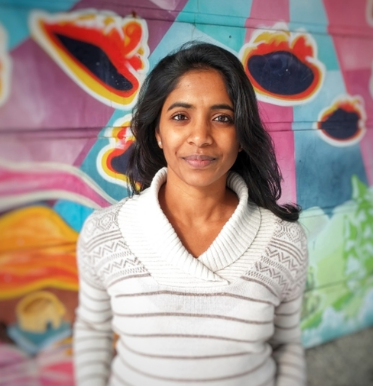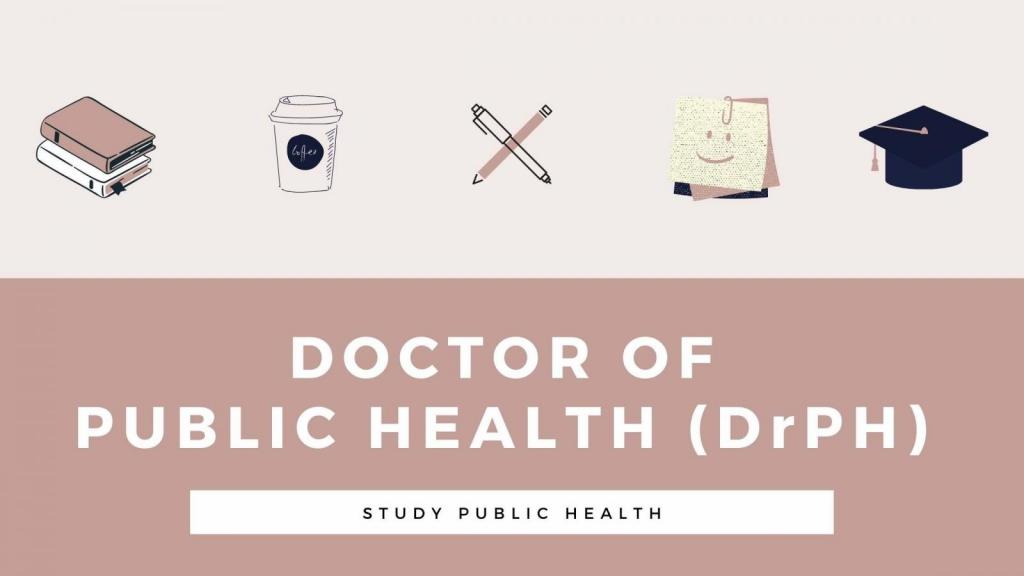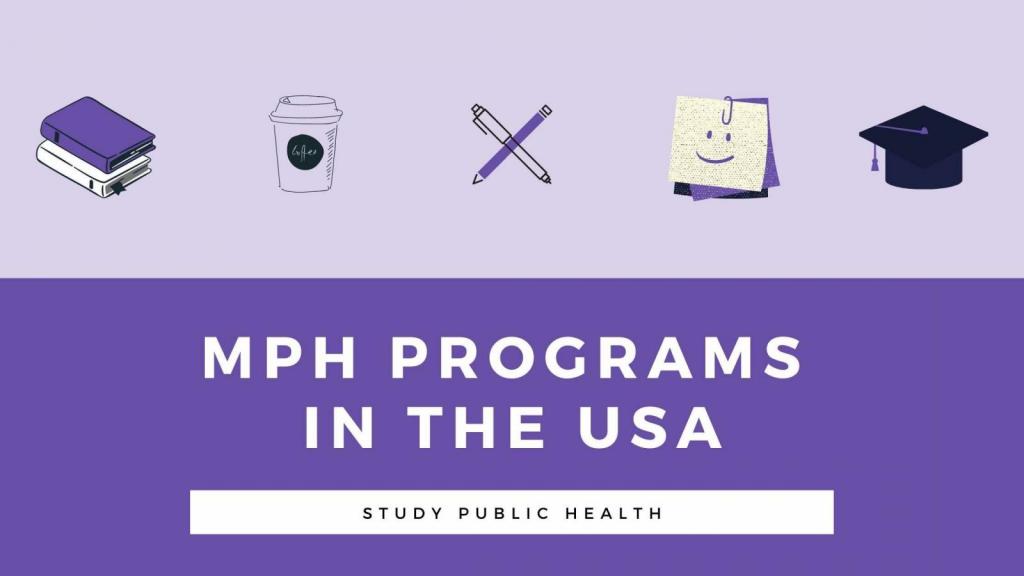Pictured: A beautiful lounge area at the Hyatt Regency in Minneapolis, USA, where the SER Conference is being hosted this year.
I am at the Society for Epidemiological Research (SER) conference this week, and it’s been a while since I attended a conference of this scale. From previous conference attendances, I knew that preparation was key in me having a valuable experience. Since I was facilitating a workshop the day before the official start to the conference (I was teaching Infographics 101 for public health), my preparation for attending the rest of the conference was not optimal.
However, on day 1, I made sure to take some time and run through my mental checklist so that I could be a little more prepared. I decided I would write my mental checklist into a post as a reference and/or checklist for you for when you are preparing for a public health conference in the future. I hope they are helpful!
Tip #1: Determine your objective
Have clear reasons for why you are attending the conference. The reasons could be for inspiration, to network, or to learn about different projects related to your work. Once you determine your objective, write them out clearly.
For me, my objectives for attending SER 2019 were mainly to meet people for different reasons: one was to spread the word about PH SPOT and secondly, to identify individuals who I felt had a great public health journey or advice/tips they could share with the PH SPOT community. I was very clear with my objectives when I wrote them down, and they helped guide my days. Based on these objectives, I also spent my time attending relevant breakout sessions, and engaging in focused conversations.
I also found that having my own objectives outlined was less stressful. I sometimes did feel the FOMO (fear of missing out) kick-in if I wasn’t at a different session, but I had my objectives as a reassurance to my decision of sitting in a specific talk :)
Tip #2: Create your agenda
Typically, large conferences will begin their days with keynote speeches, followed by breakout sessions with concurrent seminars. It’s overwhelming to be sitting at the conference on Day 1, going through the program book, and deciding which sessions you should attend. That is why, you need to spend time before you arrive at the conference to pick out different topics of interest for you. It might change once you arrive at the conference and meet people, and that’s ok. You just need a plan to start with, and modifying it is a lot less stressful.
The other key thing is to put the different sessions you are interested in, into your phone calendar or written out somewhere. Essentially, you want to have an agenda for yourself so that your time is used well.
Tip #3: Get in on the pre-conference conversation
Often, there will be a hashtag associated with a conference (#SER2019, #PHSPOTatSER) and attendees are most often talking about the conference well in advance. Check various social media channels to see if there are any pre-conference conversations taking place (I have found Twitter to be the most active for this conference). This way, you can “meet” attendees in advance, find out about different activities taking place throughout the days, get excited about the conference in advance, and just be in the know! Use the conference hashtag to also contribute to the conversation and start your discussions early.
Tip #4: Connect before the conference
You will definitely meet people once you get to a conference, but I also think that if there are individuals who you could benefit from having a much longer and meaningful conversation, reach out to them ahead of time. There are a few ways to do this. You can begin by browsing through the program agenda for a list of presenters (oral and poster). If you see topics of interest to you based on the work you do, get creative in finding their contact details and reach out to them to connect over a break, lunch or dinner during the conference. Another way to find people attending the conference is by engaging in pre-conference conversations (see tip #3) and connecting with individuals that way. Similar to tip #1 (having an objective), have a purpose for the meet up. Be respectful of the other person’s and your own time. Plan the date, time and location in advance and add this meeting to your agenda (see tip #2). Also, exchange contact information so that if schedules change, you both have ways to keep in touch.
Tip #5: Have a system to collect contact details
When you meet someone at a conference, you want to have a way of following up with them should you wish to do so. Some options you can use are:
- To have a notebook where the individual writes down their contact details (make sure you can read it – it might be better for you to write it down in your own writing)
- Or have a dedicated notepad app on your phone to pull up and type contact details
- Or have business cards to share your contact details with the individual. Rest assured, you don’t need to spend hundreds of dollars printing out the minimum 1000 business cards printers sometimes require you to. You can create your own business card, and print them out at home or at a local printer (I use Staples), and cut them out yourself (Staples also has a paper cutter at their printing kiosk area).
Whatever the system you choose, decide on it in advance and make sure it works for you (for example, you don’t want your system to be a notepad app on your phone, if your phone battery is not reliable).
Tip #6: Prepare your outfits, head to toe
In addition to following the dress code (typically, you would see people in business casual outfits at public health conferences), comfortability matters when you are spending long days at a conference. Make sure you feel comfortable in your clothes, as well as your shoes – decide these in advance. Consider things like: will you be staying in the same hotel as the conference or will you need to travel, will you need to walk a lot – indoors or outdoors, how is the weather in the host city, consider A/C during the conference (you might want to take a cardigan/sweater). I made the mistake of packing flats that have been painful to wear – because of this, I am not able to walk around during my breaks, or venture out for lunch options! :(
Tip #7: Take a purposeful conference bag
This is one of the most important things for me. I hate to juggle so many things in my hand, and for this reason, a purposeful conference bag is a must (actually, it’s a must when I attend any event). I often opt for a backpack or a sidebag that has the ability to close (either a zipper or a flap). My bag also needs to be able to fit my laptop (if I am carrying one during the conference), a water bottle and/or a travel mug (for coffee/tea), the conference book (if there is one), my notebook and pen, any chargers I may need for a full day (phone and laptop), and snacks/lunch leftovers.
I have learned the hard way many times from juggling a whole bunch of things in my hand in addition to a starbucks cup of coffee or glass of water! It’s less messy to be able to throw a travel mug or water bottle right into your bag. Also, don’t forget that conference poster you might need to carry around if you are presenting!
Tip #8: Figure out lunch options ahead of time
Some conferences are catered, but others will require you to figure out your own lunch. If your conference is being hosted on a block with many different options for lunch, that’s a win! However, if you only have one hotel restaurant option for everyone, then you will spend your lunch break lining up for food. You may also get sick of the same food by the 3rd or 4th day.
Take some time before arriving at the conference to look online for other options within walking distance of the conference (after a day of sitting around, walking to grab lunch sounds good to me!). Or, set up a food delivery app on your phone (remember, that not all apps will work in the region you are travelling to) that you can use to order in advance to the conference location. And finally, you can also pack yourself food (dinner leftovers?).
Again, plans may change as you meet people, but it’s always helpful to have a backup plan.
Let’s summarize!
Are there any other tips you’d add to this list? Let us know in the comments below.
- Determine your objective
- Create your agenda
- Get in on the pre-conference conversation
- Connect before the conference
- Have a system to collect contact details
- Prepare your outfits, head to toe
- Take a purposeful conference bag
- Figure out lunch options ahead of time
I hope this checklist becomes useful to you next time you attend a conference!
The views, information, or opinions expressed in this post are solely mine, and do not necessarily represent the views of my employer.





